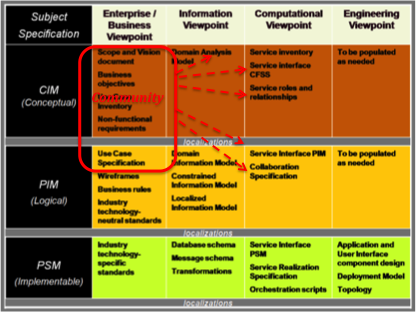
Figure 4.2-1 Community Traceability in the ECCF Matrix
Both the UML use cases and the ODP community concept can be used to capture business requirements.
While the primary purpose of use cases is to describe interactions between the User and the System, the community concept has a broader business scope, allowing description of interactions between all roles in the system as well as capturing business context, effectively allowing the design of a business architecture.
In addition, the community concept directly supports the expression of hierarchical and federated arrangements between communities, by allowing a community at one level of abstraction to fulfill roles in higher-level communities.
The similarities and differences are summarized in Table 4.2-1 below.
ODP community concept | Use case concept |
|---|---|
Community contract | None |
Community Objective | Use Case purpose |
Role (of a User) | Actor |
Role (of a System) | System |
Community Behavior
| Use Case |
Policies | None |
Enterprise Object
| None |
Table 4.2-1 ODP Community concept and Use Case models – High Level Comparison
The concept of community can be used to support use case analysis allowing, for example, grouping of use cases that have the same actors and subjects (or systems) into a single community. A use case can represent one possible interaction sequence between the actor and the system (a behavior) and several uses cases can be combined to describe the full set of interactions between the actor and the system. This further helps downstream specification of a system's behavior in terms of the services or interfaces it will need to provide to support the interactions that represent the behavior associated with relevant use cases.
Thus, the community can be used to help identify and express the following elements in the ECCF matrix (in the Enterprise/Business Viewpoint column, see Figure 4.2-1).

A community model can also provide traceability from enterprise to the RM-ODP information and computational viewpoints, as depicted in Figure 4.2-1. Specifically, a community model capturing detailed use case specifications (through levels 2 and 3, as described in Table 3.1-1), as listed in the Enterprise Viewpoint/PIM cell of the ECCF matrix, can be linked to:
It is through this traceability mechanism that each of the detailed use cases can be subsequently linked to the NCI Enterprise Services. A UML diagram outlining relationships between use case and community modeling concepts is found on the main page of this report.